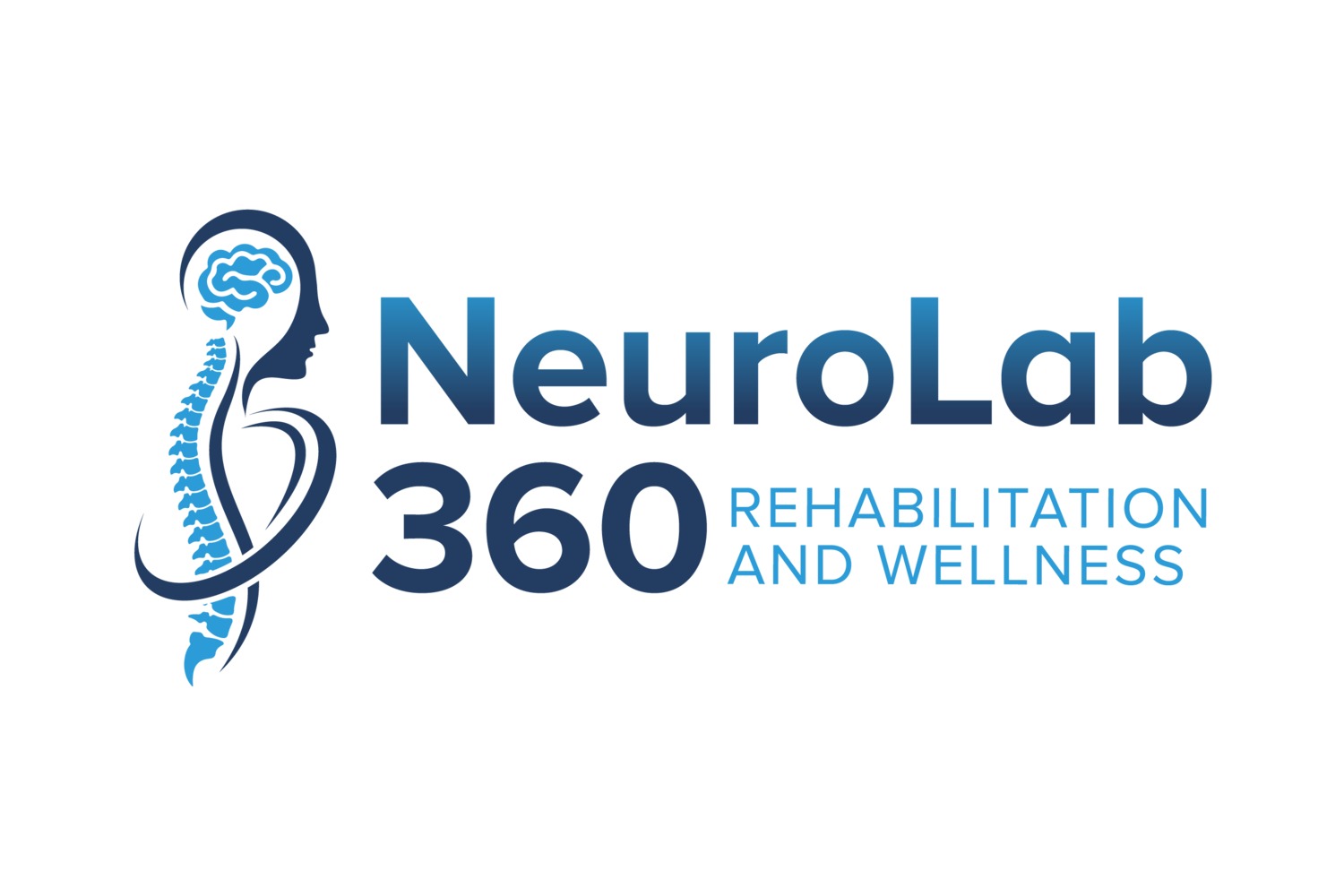What is DBS?
In this weeks blog post we will discuss DBS or Deep Brain Stimulation. DBS is a current surgical option to manage the motor symptoms of Parkinson’s Disease (PD).
How does DBS work?
The exact mechanism of how DBS works is not completely understood. However, many experts believe that the lack of dopamine in the brain leads to abnormal signaling between neurons. DBS can help regulate these signals by sending electrical stimulations that modulate the communication between nerve cells in the brain. The electrical stimulation to the brain is delivered through a fine wire that is passed through brain tissue to reach deep in the brain. As a result, motor symptoms are often reduced.
Common criteria of surgical candidates
Idiopathic Parkinsons or Essential Tremor
Intact cognitive function
Good response to dopamine
Lack of comorbidity
Realistic expectation
Age of candidate
Degree of disability
Components of DBS
Stimulator – This is a small device that is implanted under the skin of the chest. It delivers electrical pulses to leads.
Leads – These are placed precisely into a motor region of the brain.
Extension – This is an insulated wire that connects the stimulator to the lead.
Areas of the brain targeted
Areas of lead placement are dependent on the patient and will be thoroughly discussed with your Movement Disorder Specialist and Neurosurgeon. Placement is dependent on the goals of surgery/symptoms that are trying to be addressed.
Subthalamic Nucleus (STN) – effective for tremor, bradykinesia, rigidity, dystonia and dyskinesia. Most used to treat Parkinson's disease.
Thalamus – effective for tremor. It is often used to treat essential tremor.
Globus pallidus (GPi) – effective for tremor, bradykinesia rigidity, dystonia and dyskinesia. It is used to treat dystonia and Parkinson's disease.
Additional:
Globus Pallidus Internus versus Subthalamic Nucleus
No difference in quality of life, cognition, mood, or behavior between the two sites
During the most “off” points in the day, the individual with subthalamic nucleus DBS performed daily tasks more independently
Greater reduction in medication dosage after subthalamic nucleus DBS
Illustrated : the typical lead placement of a DBS electrode in the STN, the most commonly used DBS target for PD
Goal of Surgery
Decrease the “off” times
Decrease dyskinesias that can occur during peak medication doses
Reduce required medication dosages, thus resulting in fewer medication side effects
*Things to remember! The best you feel when on your peak dose of medication is the best you will feel with DBS. It is not used to treat postural instability or non-motor symptoms.
When should I get DBS?
DBS generally is not offered when individuals are first diagnosed because exercise and medication are good at maintaining “on” times, giving you better motor control. Over time, the effects of Levodopa (current gold standard medication) decreases and reduces your “on” time. When wearing off, it is often recommended to increase medication dosages or take medication more often throughout the day. This increase in meds can sometimes lead to unintended side effects such as dyskinesia. DBS is often recommended with symptoms that are no longer being effectively managed with medication.
DBS Journey
When DBS becomes a possible path for the management of PD symptoms, you will work closely with a team of experts who will provide education and prepare you for every step of your journey with DBS. DBS often involves two steps: 1) Placement of the leads and 2) Placement of the stimulator. Post stimulator placement, you will work with your physician to program the stimulator with a wireless device. As your journey with Parkinson’s continues, work with your physician to change stimulator settings as needed as your condition changes over time.
If you have additional questions about DBS please reach out to your movement disorder specialists!
Resources:
OdekerkenVJJ, van LaarT, StaalMJ, et al. Subthalamicnucleus versus globuspallidus bilateral deep brainstimulationfor advanced Parkinson’s disease (NSTAPS study): a randomized controlled trial. Lancet Neurol. 2013;12:37-44.
UCSF Department of Neurological Surgery. Guidelines for Referring Neurologists: Deep Brain Stimulation for Parkinson's Disease. 2016. Available at: http://neurosurgery.ucsf.edu/index.php/movement_disorders_referrals.html. Accessed February 14, 2016.
VitekJL. Mechanisms of deep brain stimulation: excitation or inhibition. MovDisord. 2002;17:S69-72.
https://www.apdaparkinson.org/what-is-parkinsons | Accessed 6JUN2018
Boston Scientific patient market research. Data on file.
Knoop et al. Bridging the gap in patient education for DBS surgery for Parkinson’s disease. Parkinson’s Disease. 2017. 2017: 1-6.




